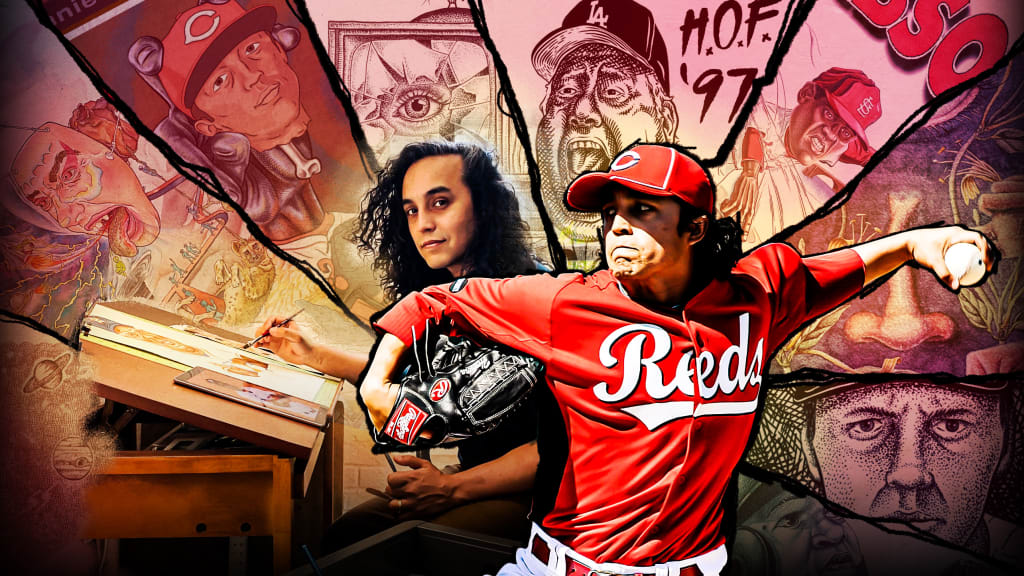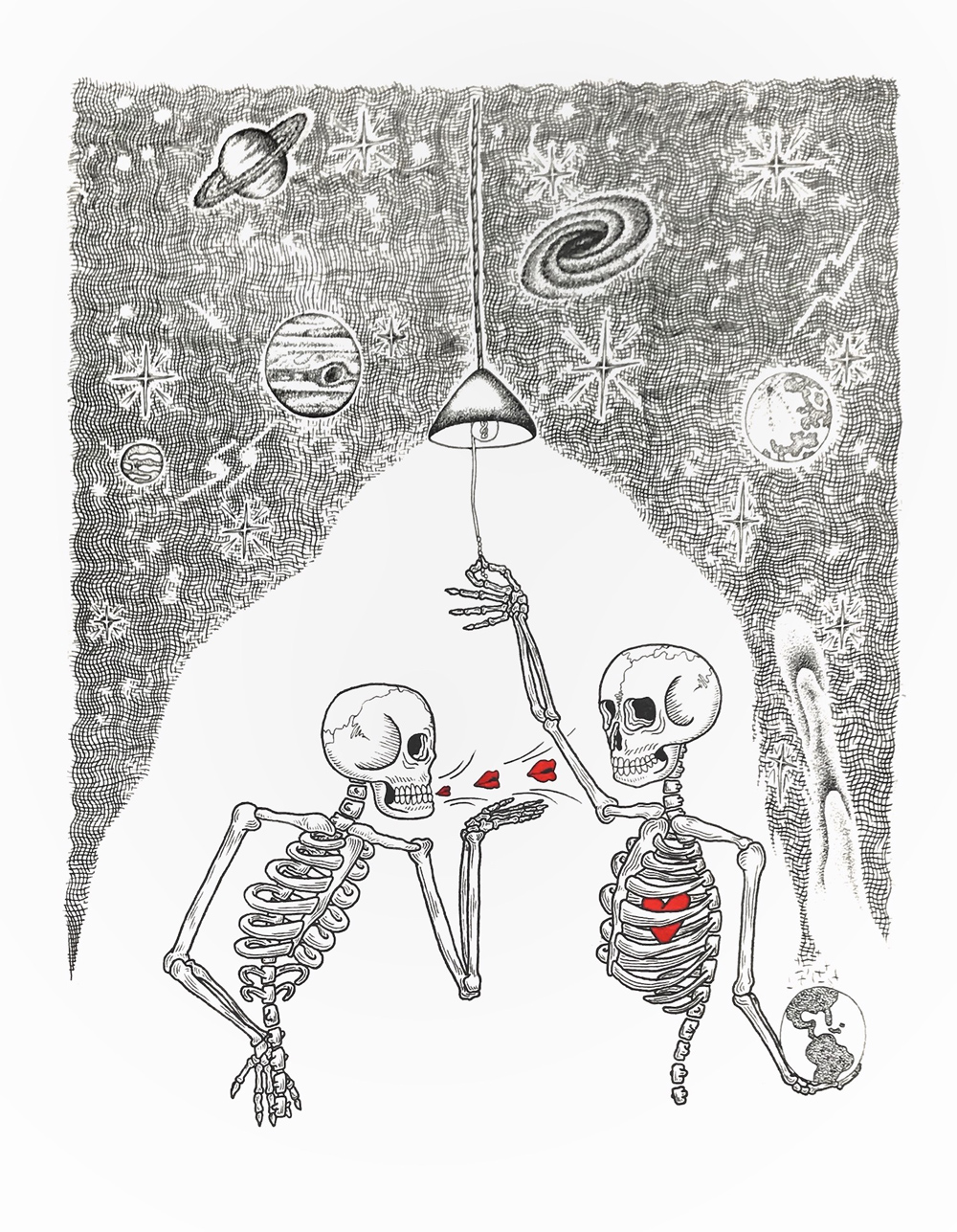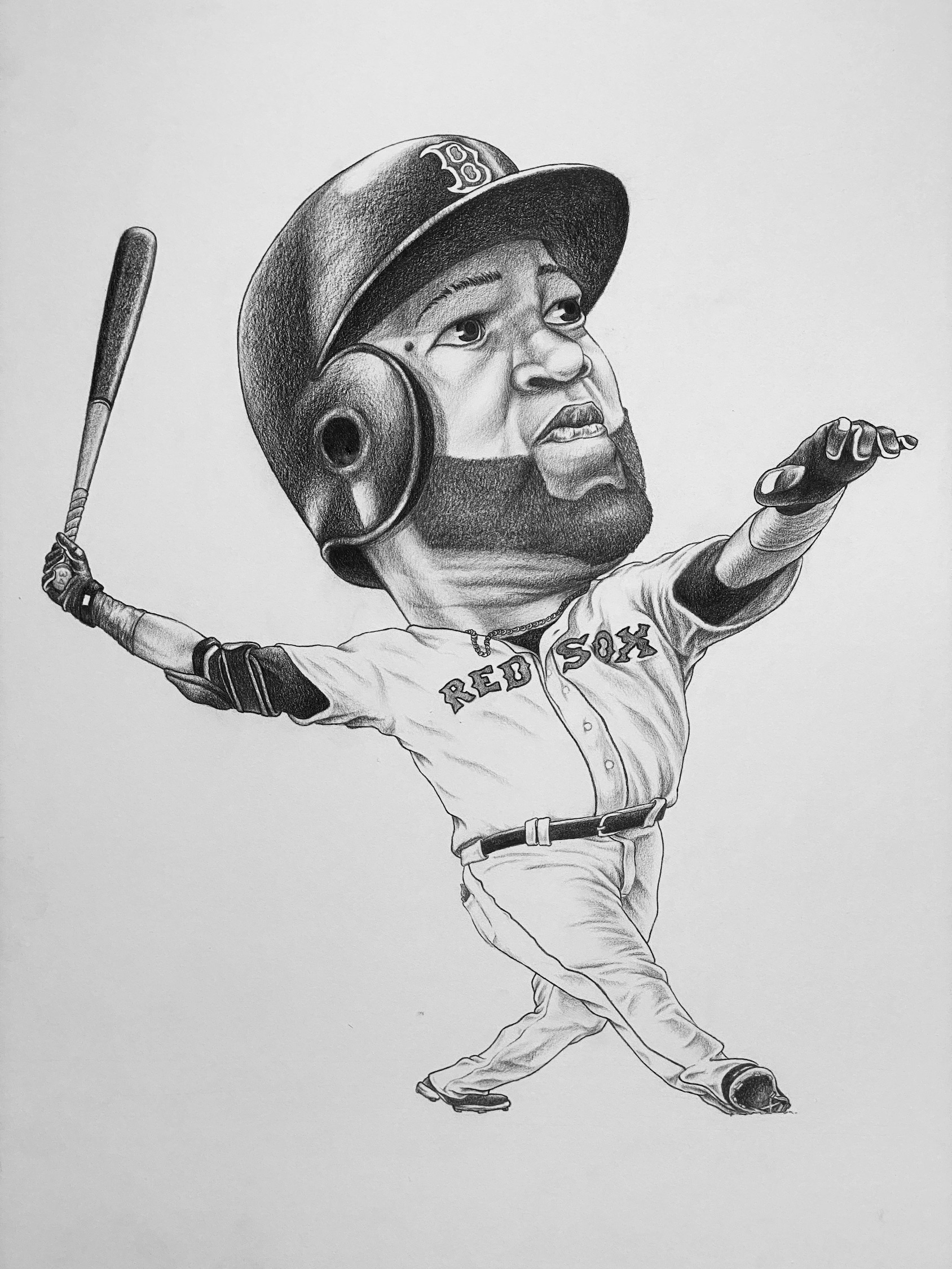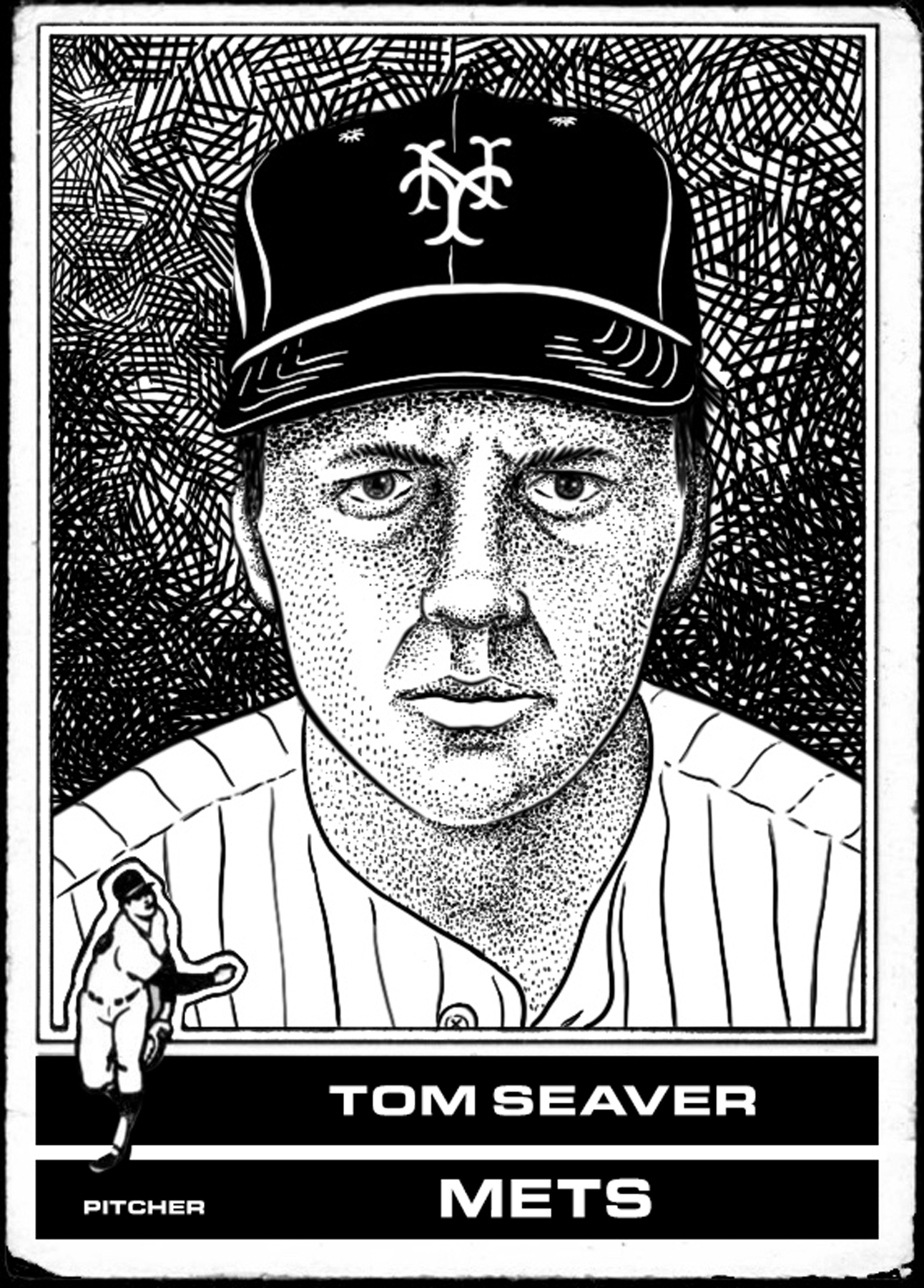
There was never a second of doubt in his mind: Daniel Herrera was going to be a Major Leaguer. He may have stood only 5-foot-6, his fastball may not have scraped 90 mph and he may have been a 45th-round selection who negotiated for a $20,000 bonus, but Herrera didn’t doubt his abilities for a second.
“As soon as I got drafted and I was on the plane and going to the Rookie-ball clubhouse -- I'm around newly drafted high schoolers at the time -- I could have told you then I would have been in the big leagues. Just because that was my competition," Herrera told me recently. "I just had so much confidence at that time that I knew my stuff could play anywhere.”
Herrera's self-belief was well-founded. After being called up by the Reds in 2008, he quickly became a cult hero to baseball fans around the globe as he belied traditional scouting that fetishizes 6-foot-something fireballers. Herrera also threw a screwball, an offspeed pitch that offers unique, curveball-like movement, but puts so much stress on arms that it's witnessed less frequently than Bigfoot.
These days, Herrera -- with curly hair down to his shoulders -- is pursuing a far different path, pitching himself not as a, well, pitcher, but as a fine artist. Oddly enough, despite other players who have turned to art careers after baseball was done, Herrera didn’t find himself sketching on off-days and during long bus rides in the Minors. He was wholly dedicated to playing baseball, and spent no time thinking of anything else.
“It's so funny. My entire career, playing baseball was Plan A, like one million percent,” Herrera said as we talked over fried chicken sandwiches at Sisters, a restaurant in the Crown Heights neighborhood of Brooklyn, near where Herrera now lives. “I really lived and breathed it, thinking about the next game. I wish I could tell you I filled up notebooks in hotel rooms when I was doing nothing, but I was really just thinking about baseball. I had plenty of conversations with people who knew better than me saying, ‘What are you gonna do after baseball?’ I was like, ‘What do you mean?’”
Herrera speaks thoughtfully, his large brown eyes intense and unafraid of eye contact. You can understand how a batter might be intimidated by the player on the mound -- even if the batter has 6 inches and 50 pounds on the guy pronating his elbow to hurl screwballs up to the plate.
It wasn’t an immediate career switch for Herrera, either. After his big league career was over following the 2011 season, Herrera moved in with his brother in the artsy neighborhood of Bushwick and had long commutes to Islip, Long Island, when playing for the independent Long Island Ducks. For a player who counted his life in 162-game marathons and who willed himself from a college sophomore with a 6.10 ERA to a Major Leaguer by endless practice and perfection of a pitch almost eradicated from baseball, he struggled to find his next step.
"The mental toll of playing every day and doing very [poorly] for two straight weeks -- you're worried about getting sent down. Or you're worried just about getting benched or you're worried about getting mop-up innings," Herrera said. "You can spiral so fast."
That mental strength he required on the big league mound was something he needed to draw on as he looked for his second act. At first, he thought he would become a tattoo artist. After all, Herrera admits that he's "halfway covered," and even during his playing days, teammates would ask him for help designing their own ink.
But then, he met his wife -- herself an interior designer. She encouraged him to apply to art school, so that he would have the full education and all the tools necessary for whatever kind of future he wanted in art. He applied to Pratt Institute, a fine arts school, and quickly jumped into the deep end where his old skills had little utility and where no other professional baseball players were hanging out.
"Drawing I, Painting I -- I'm like a sponge," Herrera said about his early days at school. "At that point, I've really thrown baseball to the side and found a new path. But really [I was] just looking up artists and then getting in a wormhole where one artist leads to the next."

The self-belief that Herrera had on the ballfield, the confidence that made an undersized, screwballing pitcher know he was going to the Major Leagues was gone. He was in a whole new world and he felt like an outsider, an imposter.
"There's no one to throw my drawings at," Herrera admitted. "I'm competing against myself."
For a player who imagined himself as a Western hero with Link Wray's iconic "Rumble," scoring his stroll to the mound, and who adored playing on the road so he could silence thousands of fans cheering against him, this was a distinct change.
"You're by yourself with a pen and paper. It's daunting, even though I know I can draw, and I know I can compose something fun, or wicked or whatever vein I want to throw it in. It's tough," Herrera said. "I don't know if drawing's more mentally taxing than baseball, but it's quite close."
Herrera is not the first baseball player to turn to art after his playing days. Micah Johnson has become a name to be reckoned with in the art world, and former Rockies coach Tom Runnells has turned his artistic sights on the Negro Leagues. Add them to a world filled with amazing visual artists, both past and present, and it's not shocking that Herrera was overwhelmed. Glance at his work and you'll see everything from tattoo-this-on-me-right-now flash art, surrealist watercolors and energetic caricatures of artists and ballplayers. It was difficult for Herrera to find his place in a world that wants to immediately be able to categorize and understand someone's style.
"I was so in love with with all styles that I wanted to do everything. I wanted to do still-life paintings, I wanted to do oil paintings, I wanted to watercolor, I love charcoal. And I really wanted to do all of it. So if you looked at my portfolio straight out of school, it had just splashes of everything. It wasn't narrowed," Herrera said.

But just as he worked on his screwball, throwing it over and over again as he made his march to the Major Leagues, so, too, has Herrera continued to refine his art with a hustle that fits right in in a big league clubhouse. He'll work freelance gigs, and he's happy to open his book for more opportunities. And now he's excited about an NFT sports project he's in talks with companies about.
"Baseball has such a rich history with memorabilia and signed baseballs and old gloves and baseball cards," Herrera said. "I think it's such a beautiful history that baseball has unlike any other sport. And I think what NFTs can offer is a new form of that."
He admits there are plenty of scams out there, plenty of NFTs offering high valuations, but thousands of digital copies. Herrera sees his art as an opportunity to do more. He wants to partner with the players he illustrates, taking their input on the design and making sure the artwork is a true reflection of who they are as a person. He also wants to tie the purchase of the painting with a real-life experience with the player. It's not just digital art, but instead is a true once-in-a-lifetime opportunity for a fan to connect with a hero.
"My goal is to partner with players, have them help with the design of it, get their input on how they want to be portrayed. I think that that gives more personality to the piece itself. I want to do full illustrations. So really trying to dig a little deeper into their story into their careers and who they are really as a person again -- humanizing players and having that resonate for fans," Herrera said.

Herrera admits he was a little bitter when his career ended. He may have expected and dreamed of a long big league career, with more time to punch batters out with his darting, dancing screwball. But he's happy with his memories of the game and the vantage point it now gives him while working in his studio.
"The better memories that I have is walking into new stadiums. Obviously, I didn't have a very long career to repeat all these stadiums, but walking into Wrigley for the first time and getting chills as they're singing the national anthem. That's so special," Herrera said.
These days, Herrera isn't just an artist, but he's a fan again. Baseball, which was all he ever thought of growing up, is back in his heart. But this time, he can tackle it in a new way, with ink and paper and a bold new way of looking at the game.

He recently found himself in the stands for a Mets game by himself and he caught himself cheering.
"I sit down and I'm like, 'Am I a fan again?' I kind of question myself, 'Who am I?'" Herrera said. "But it's great and I do think that's where those drawings come out of -- baseball just being a game and narrowing that vision to make it playful. I really just want to show personality.
"You know, a team could win 70 games all year, but fans remember that one walk-off home run and that'll be enough for that to get them to next season. I love that about baseball, and that's what I want to show."
